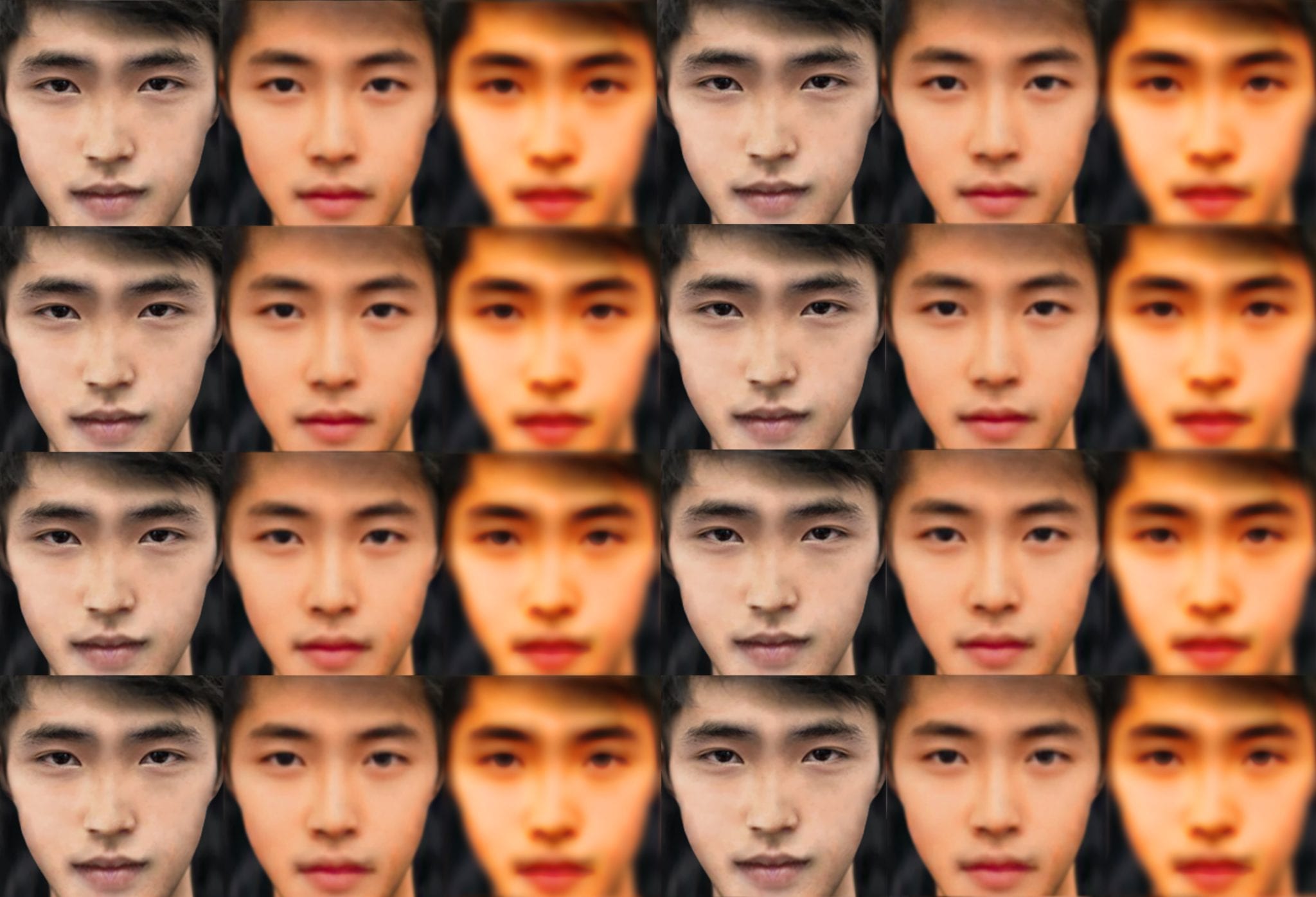Let’s talk about the benefits and risks in the future of video technologies and combine it with artificial intelligence and virtual reality.
Remember the early animated films? In order to create a motion visual, the cartoonist had to draw many still pictures (called frames), each with an incremental different stage of the movement. When you run them quickly one after the other it creates the illusion of continuous transition. The same approach was used when they needed to show a character speaking. It was created via multiple still drawings, which had different incremental facial movements, expressions and mouth positions. They were mixed & matched at a high speed, in coordination with the speaking voice to create a continuous illusion of a character talking. That was the technology at the beginning of the 20’Th century.
Fast forward to our era (while skipping several technology generations), creating animated movement is soon to become much easier and more believable. Carnegie Mellon University in conjunction with California-based DeepMotion Inc developed recently an artificial intelligence technology called Deep Reinforcement Learning which allows the creation of natural movements by the artificial intelligence software without the need of thousands of still frames (nor the other technics that we haven’t cover here).
Deepfake video is a similar idea but adding a real people pictures to it. This technology allows you to create a video with the face and voice of any person you choose to. The Artificial Intelligence (AI) software creates the facial and mouth movement based on the person’s talk. Furthermore, a technology called VoiceChanger will create the voice of any person you wish. You can talk with your own voice and sound and look like Vladimir Putin. You can deepfake video of a whole meeting between Mr. Putin and Mr. Trump as if it really happened. How about that?
There are many positive applications to it, but like any other technology, the risk is when people start to abuse it for nefarious purposes.
My Best Seller book “Lay an Egg and Make Chicken Soup” is full of past business examples and lessons learned to the modern world of business.
Here is one such older example to demonstrate the danger in deepfake video: Orson Wellse’s War of the Worlds was a 1938 fiction radio skit about an invasion from out of space. It was done in such a believable way that it created a major public horror because listeners believed it was real and panic spread like a wild fire, including among law enforcements. Imagine now what will happen if someone will air a deepfake video of the president announcing that we are under a nuclear attack by some evil power … Imagine the public panic it will create..
With that said, just remember that you don’t need fancy technology to make up fake news. Ask Brian Williams, or Jesse Smollett. People that create fake news will have the guts to create deepfake video to support their story.
Here are some dangerous thoughts: You can use this technology to fake false evidence in court, bully kids to suicide, and commit frauds to name a few examples. This is a really risky technology. I hope that lawmakers will act fast in putting some boundaries around this technology. If you deepfake a politician saying something s/he never said (and impact their campaign by doing it), will it be considered legitimate free speech? Or illegal interference with the election process?
Deepfake video technology is not bad. Same as with automobiles or the internet: It’s the risk of wicked people using it for negative purposes. You don’t need to outlaw automobile because someone used it to rob a bank, nor do you outlaw the internet because someone used it to lure kids into child pornography. You outlaw the action, not the tool.
My recent best seller book “Lay an Egg and Make Chicken Soup” takes it even few steps farther into the future, combining deepfake technology with artificial intelligence and virtual reality to create very realistic experiences in such applications as gaming, simulated training, and virtual relationships. The book also talks about the risk of artificial intelligence getting so smart that it will take over society. Think about an artificial intelligence judge making decisions in court. Virtual intelligence head of state making critical decisions about war and peace. Software is never a 100% bulletproof guarantee. People die every day because of software bugs.
The other vulnerability here is cases where individuals may immerse themselves totally into the virtual life they desire to have and stop functioning in the real world. See how today’s kids are glued to their video games for hours. We have seen a few cases recently where people fell in love with a virtual character and married her. Add deepfake virtual reality to the equation and we risk losing loved ones to this virtual world.
People on the edge of reality combined with deep religious believes can be easily pushed over the cliff by an image of a God created by a deepfake video and follow its instructions to commit malicious acts, truly believing that they execute God’s call for them. We have been experiencing religious radicalism via the simple internet; imagine now what a more powerful believable technology can lead such people to do.
Let’s not be too pessimistic and finish with a few positive notes. Here are some futuristic constructive implementations of these technologies.
Simulated practice: Doctors will be able to prepare themselves for a complex surgery using an MRI image of the patient’s internal organs combined with virtual reality machine of visual and touch.
Entertainment: We will be able to watch movies (or play games) not from the sideline, but rather from inside the action, have a 360° of the surrounding scene as if we are in the middle of it, and also chose any viewpoint we wish for ourselves.
Looking forward to the future with caution.





 Security Awareness Training
Security Awareness Training